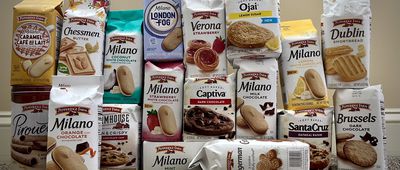Refrigeration Dos and Don’ts
I try my best to avoid throwing out food. And yet, every week I’m confronted with a mushy, brown banana or a moldy tomato that I have to throw in the trash, adding to the billions of pounds of food waste in this country. Because everything seems to go bad so quickly, I’m tempted to put my entire grocery haul in the fridge even if it goes against culinary orthodoxy.
But refrigeration ruins many foods, accelerating their spoilage or sapping them of flavor. We've compiled a list of foods you should never refrigerate to keep you from inadvertently wasting more food (and money).


















